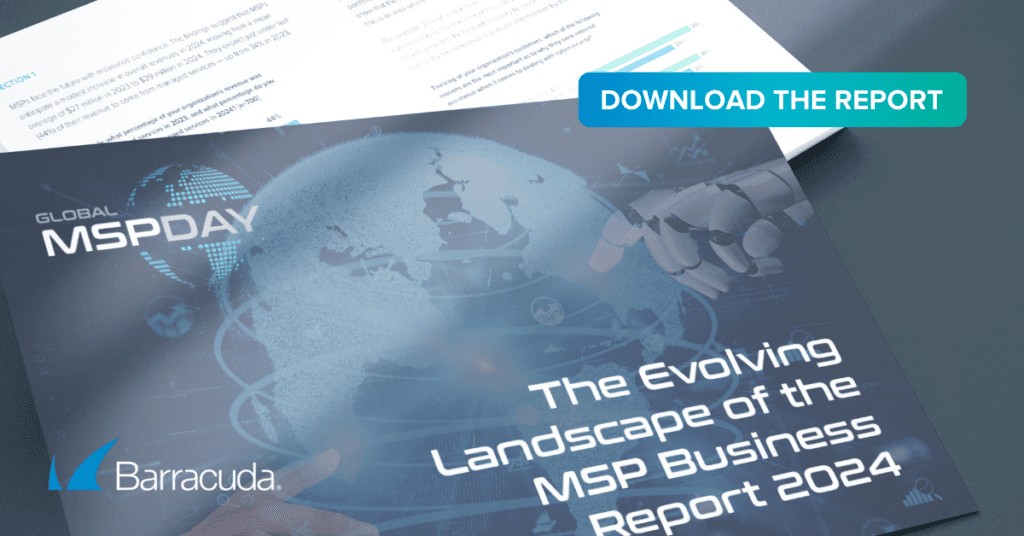
A report published by NTT Data finds only roughly half (51 percent) of organizations have fully aligned their technology to their business strategy needs. An additional 39 percent report that they partially align.
The report is based on an analysis of 248 million active assets across 130 countries conducted over two years. It also includes a survey of up to 1442 senior technology decision-makers. The report reveals that 86 percent of respondents admit inadequate or outdated technology is holding back innovation.
Keeping up with the times
Creating an IT-business alignment is imperative. The further behind technology becomes, the more problematic it will be as organizations look to operationalize artificial intelligence, shares Gary Middleton, vice president of networking for NTT Data. Organizations are most often going to bring artificial intelligence (AI) models to where their data resides rather than trying to move all data into the cloud, he notes. “They are taking a more pragmatic approach,” states Middleton. “The compute is coming to the data.”
Achieving IT-business alignment: Upgrading legacy systems
Businesses are more dependent on technology now than ever before. Over-dependence on legacy infrastructure that isn’t regularly updated adversely affects an organization’s ability to compete. “Hopefully, investments in AI will enable IT leaders to simultaneously upgrade most of the IT infrastructure that models will be deployed on in the months ahead,” notes Middleton.
IT environments continue to become more hybrid. Each organization must decide what mix of cloud and on-premise environments makes the most sense. The survey states that while spending on software-as-a-service and cloud platforms has increased. However, spending on hardware has only decreased 15 percent since 2020. Most IT organizations still need endpoints and networks to access applications no matter where they reside.
Digital CxOs, naturally, should be doing everything they can to align business priorities with IT budgets. However, when most of that spending already consumes legacy applications, that can present a bigger challenge than they appreciate. Having a little empathy for the challenges IT leaders face is going to ultimately provide better results for all concerned. The issue is that far too many business leaders are unwilling to replace or simply retire many of the legacy applications that most IT leaders would just as soon get rid of in the first place.
Most business executives will be reticent to do that when the modern digital processes that are supposed to replace those applications have yet to prove they are up to the task. As a result, many organizations may find themselves stuck between the proverbial rock and hard place for longer than anyone might want to admit.
Photo: Peshkova / Shutterstock

